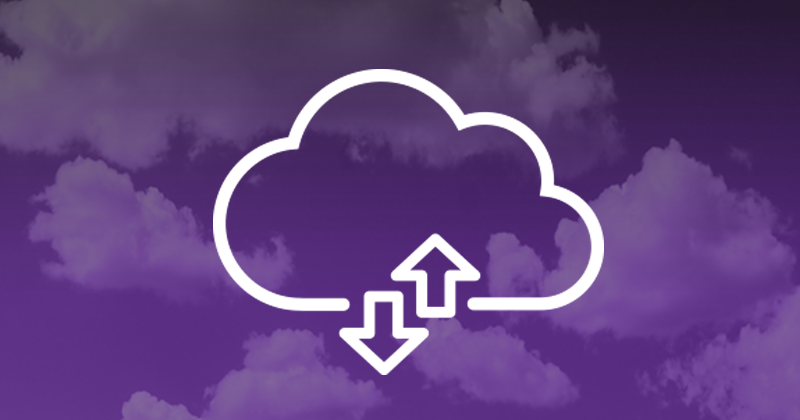Cloud Computing—Storms or Blue Skies?

Read the excerpt from Administrative Eyecare featuring Dr. David Goldman, Modernizing Medicine’s Ophthalmology Team Lead, Anterior Segment, who shares his thoughts on cloud computing. To read the full article, you need to have an account with ASOA. If you are already a subscriber, you can access the article here.
Faced with ever-changing government regulations, declining reimbursements, and a shift toward value-based healthcare, ophthalmology practices are searching for ways to increase efficiency and reduce costs without compromising care quality. The cloud may be the answer.
THE BENEFITS
Dr. David A. Goldman, ophthalmologist and founder of Goldman Eye (Palm Beach Gardens, Fla.) and a consultant on a cloud-based EHR system for ophthalmologists, believes cloud-based systems generally outperform client-server systems. Here’s why.
Reduced costs. Cloud-based systems require a much smaller investment upfront and have lower maintenance costs than on-site server-based systems, reducing the stress of IT management. Practices that purchase a cloud-based system typically pay a monthly fee rather than hardware, software licensing, installation, and implementation costs. “People may claim that a client-based server saves money,” said Goldman. “But the reality is the initial expense often equals years of cloud-based services, and it ignores the cost of software updates. Ask yourself, what version of Microsoft Word are you using?”
Increased mobility. Cloud-based systems can rapidly expand or contract to meet changing needs and can be accessed virtually anywhere there is an internet connection and a computing device. “When a patient calls over the weekend for a prescription refill,” said Goldman, “I pull up his record on my iPhone, send the authorization…with a few taps, and see a reminder to ask about his son at college. The patient marvels at my memory, but it’s the cloud-based system.”
The cloud also enables a practice to expand to new locations without having to consider on-site server limitations. Goldman noted a trend toward consolidation among practices and added, “Practices that use cloud-based systems can merge easily. With on-site systems, it can be impractical.”
Security and availability. Goldman detailed multiple levels of controls used in cloud systems to ensure data protection and continuity—from encrypting data in transit and at rest to provisioning duplicates and redundancies to function as a backup, if needed. But not all practitioners are convinced.
This article first appeared in Administrative Eyecare (March/April 2018) and is reprinted here with permission from the American Society of Ophthalmic Administrators (ASOA). Please contact Laureen Rowland, ASOA executive director, ASOA ([email protected]) for any further permissions regarding reprint or distribution.




